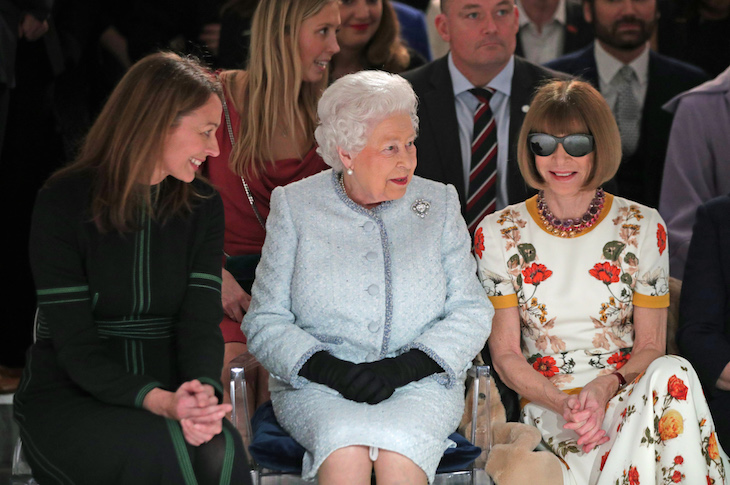Gstaad
They have busy eyes and the set of their mouths is that of a hungry carnivore. Their hands are always working, stroking, exaggerating. They’re salesmen to the rich and famous and flog them trinkets, pictures and dresses — and at times even people. They gush like no Hollywood agent ever did, and once upon a time I used to feel very sorry for them. That was in the days when they tried to sell antiques to the Saudis, who called the priceless classic stuff second-hand furniture, early Eisenhower Hilton Hotel-style being the gold standard for camel drivers back then. It still is. Yep, this alpine village gets them all — salespeople that is, and at times I still pity them. A Christie’s man brought a Chinese individual up to the club. The Chinese man was dressed in pink and looked awfully silly. I told the Christie’s man that no money was worth the humiliation of being an escort to such a ridiculous sight, and the Christie’s man said that it was easy for me to pass judgment: ‘You don’t have to work for a living.’ That shut me up for the rest of the day — or week rather — but now I see clearly why digging ditches is as honourable a profession as one can aspire to. (And a hell of a lot healthier, to boot.) So you’ve got Dior and Pucci, Ralph Lauren and Gucci, Hermès, Prada and Cartier — and the two biggies, Sotheby’s and Christie’s — all aiming at a few fat people with very fat bank accounts. It’s a bit like Britain and Germany and Russia trying to elbow each other out of the way in the Balkans prior to the first world war. There’s very little meat left on the carcass for the hovering vultures. But now the vultures are the ones that are being picked. See what I mean when I tell you that it’s totally upside–down and no one knows who the good guys are any longer? Except for me. When I see whom they’re targeting, I’m on the side of those selling. One great success story of Gstaad salesmanship is that of the American woman Tracey Amon. First she landed a Saudi and was compensated with a lot of camels when they divorced. Then she took up with a friend of mine, Maurice Amon, a Swiss who prints money by producing the ink used on bank notes. In the divorce this time round, she really went to town. She got a flat next to my old chalet for two of her children, but I moved shortly afterwards. Now I have a mountain to myself and my only neighbours are divine cows. The avaricious Tracey got houses and paintings and chalets and all sorts of toys over the course of their marriage, but she wants more cash than the pittance of a million per annum that she was awarded as a divorce settlement. Gstaad is to money what Compiègne was to surrenders: it all starts and ends up here. The commune should have a beautiful railway carriage like the one in which the armistice was signed in 1940, where men could sign away their fortunes in salubrious surroundings. It would be more civilised than traipsing all over Monaco and New York like the Amons are doing. Never mind, the older I get the more I learn. For example: most people with real money are never rude; it is those who want people to think they have real moolah who act boorishly. At a dinner party chez moi last week Mick Flick and Michael Chandris, two very good friends with real money, had an interesting conversation about the primacy of style over matter, or something close to it. I was too drunk to keep notes. I’ve always been on the side of style, which is the opposite of pretence. Style is a matter of intense conviction, and God knows we could all use more of that — the British prime minister, for one. Style is the most abused word in the English language. It is usually attributed to fashionable people by those not in the know. For example, that ghastly woman Anna Wintour, who has allowed Teen VogueAnna Wintour looked awfully unstylish next to the Queen







Comments